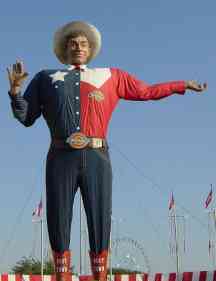During the 17th and 18th centuries, Copenhagen outgrew its medieval boundaries and the city expanded further to the north. During this time, King Christian IV was responsible for the building of Rosenborg Castle, The Stock Exchange, the Round Tower and the characteristic naval housing complex Nyboder, all of which must be considered cultaral landmarks of Copenhagen. East of this area plans for further urban devalopment followed during the reign of King Frederik V.
He put the Danish architect Nicolai Eigtved in charge of
the planning of the Frederikstown, a grand and fashionable quarter where a
great number of imposing masions were to be built, including what later became
the royal residence: Amalienborg.
The centre-point of the Frederikstown was to be a church
built in honour of the royal family's 300 years reign. This church was drawn by
Eigtved in 1740 and in 1749, King Frederik laid the foundation stone himself
amid great ceremony. It was finally consecrated on August 1894.
(http://marmorkirken.dk )



















































